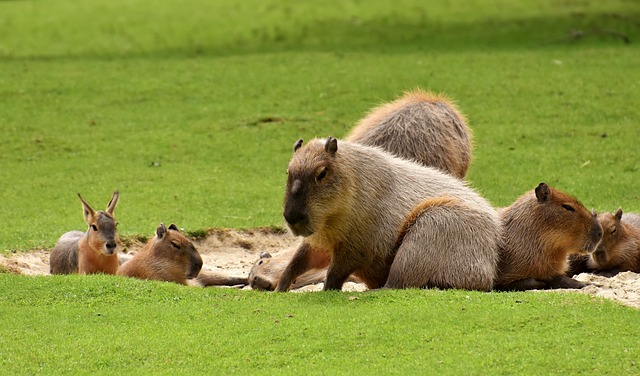Many pet owners wonder if it’s possible to use cat litter for other animals, such as squirrels. While it may seem like a good idea to reuse cat litter, it’s essential to consider the factors and potential risks before using it for squirrels.
Factors to Consider
Before using cat litter for squirrels, it’s essential to consider the following factors:
- Odor: Cat litter is designed to absorb and mask odors, which can be a problem for squirrels. Squirrels rely on their sense of smell to locate food and avoid predators, so a strong scent from the litter could confuse or alarm them.
- Texture: Squirrels have delicate paws, and some cat litter may be too rough or abrasive. It’s essential to choose a soft and gentle litter on their feet.
- Ingredients: Many types of cat litter contain chemicals or additives that may harm squirrels. Reading the label carefully and choosing a litter free of harmful ingredients is essential.
Potential Risks
Using cat litter for squirrels can pose several potential risks:
- Ingestion: Squirrels may accidentally ingest the litter while cleaning themselves, leading to digestive problems or blockages.
- Toxicity: Some cat litter contains toxic ingredients to squirrels, such as silica gel or clay. Ingesting or inhaling these substances can be harmful or even fatal.
- Environmental Impact: Cat litter can harm the environment if not disposed of properly. Squirrels may inadvertently spread the litter around, contaminating soil and water sources.
While it may be tempting to reuse cat litter for squirrels, it’s essential to consider the potential risks and choose a safe and appropriate alternative.
Alternatives to Cat Litter for Squirrels
Natural Substrates
Squirrels are known to use a variety of natural substrates for their toilet needs. These include but are not limited to the following:
- Leaves
- Grass
- Moss
- Twigs
- Hay
These natural substrates are readily available in most environments and are free of cost. In addition, squirrels have been observed to use these natural substrates in the wild, and it is a good option for those who wish to provide a more natural environment for their pet squirrels.
Artificial Substrates
Various artificial substrates are available in the market that can be used as an alternative to cat litter for squirrels. These include but are not limited to the following:
| Substrate | Pros | Cons |
|---|---|---|
| Newspaper | Cheap, readily available | It may contain ink, not very absorbent |
| Wood shavings | Absorbent, good odor control | It may contain harmful chemicals and may cause respiratory problems |
| Paper pellets | Absorbent, good odor control | It may be expensive, not readily available |
It is important to note that some artificial substrates may contain harmful chemicals that can harm squirrels. Therefore, researching and choosing a safe and suitable substrate for your pet squirrel is recommended.
Conclusion
While some sources suggest that squirrels may use cat litter as a substrate for their nests, others argue that it could harm squirrels due to the potential ingestion of clay or other chemicals.
It is important to note that squirrels have adapted using various natural materials for their nests, such as leaves, twigs, and moss. Therefore, it is unlikely that squirrels need to use cat litter as a substitute for these natural materials.
In conclusion, while there is no clear evidence that squirrels cannot use cat litter, it is not recommended as a suitable substrate for their nests due to the potential health risks.



